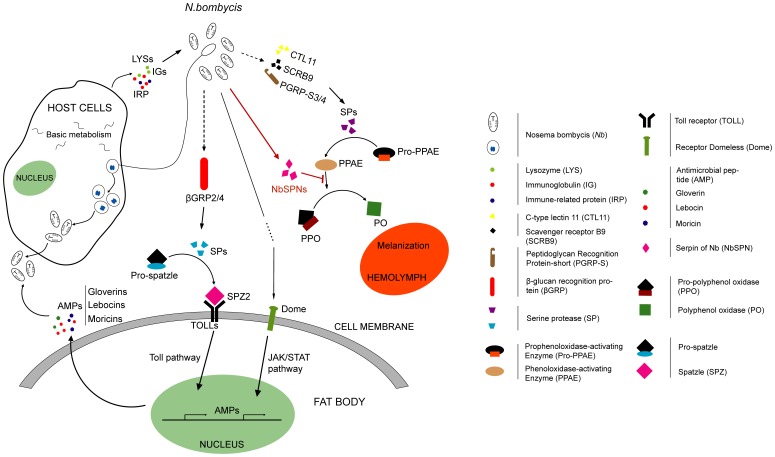Figure 10. Schematic overview of the process for silkworm recognition and response to the invasion of N. bombycis.
After N. bombycis oral infection, the invasive spores affected the expression of genes involved in the JH biosynthesis and metabolism pathway and may perturb the silkworm hormonal balance. In addition, the basal metabolisms of host cells were disturbed and spores execute the life cycle at intra-cellular. To combat proliferous microsporidia, the silkworm activated Toll and JAK/STAT signaling pathway and secreted the antimicrobial peptides. The serine protease cascade melanization pathway was also induced, but the secreted serpins of the invasive N. bombycis may participate in inhibiting the activity of silkworm serine proteases and then disturb the conversion of PPO to active PO. Meanwhile, the cells could also release the cellular immune effectors, such as lysozymes, IRPs and immunoglobulins to manage the microsporidia.

